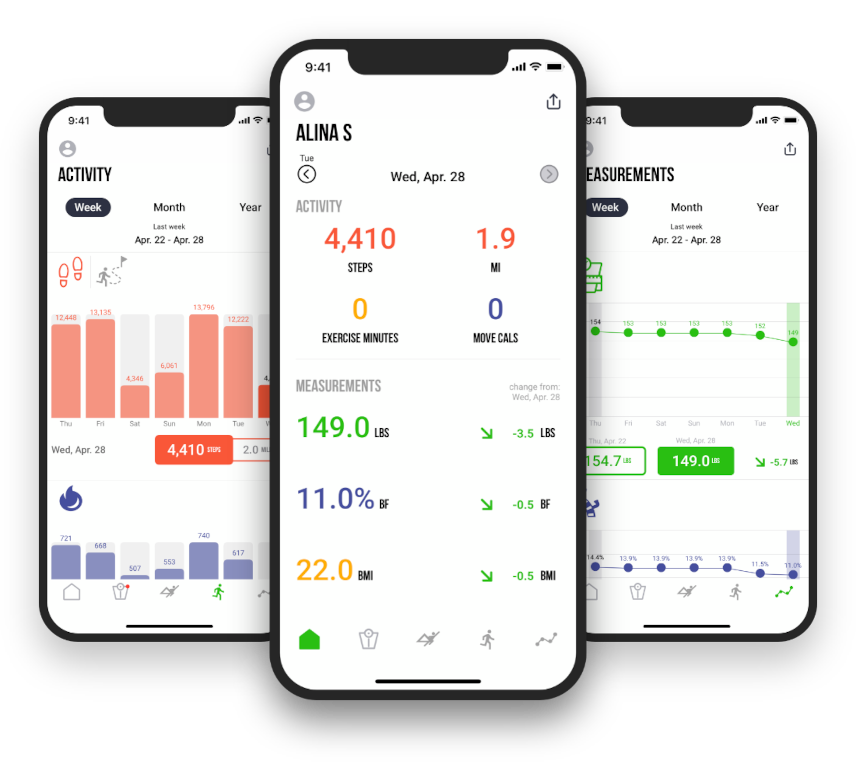When starting a new PT business, it pays to keep it simple, work hard and save before you invest in the bells and whistles.
In the early stages of setting up a small fitness business, you may have big plans for what you want to do. From the latest exercise equipment, to eye-catching advertising or a custom-designed website, it’s natural to want to do everything, all at once.
However, the challenge many new personal trainers face when starting out is that their savings may not be as big as their vision. Unless you’re financially established or you have the option of refinancing your home to raise extra funds for your business, the two main options you’re looking at are a credit card or a personal loan: both of which are forms of credit requiring monthly repayments. The key difference between them is that personal loans have a maximum loan term, whereas credit cards are a revolving line of credit, which means your debt can potentially keep rolling on.
According to Giulio Avian, director of Fundsnational Lending Specialists (fundsnational.com), new personal trainers should think twice before going down the path of a personal loan or credit card.
‘What can happen is that later in life people still have a residual debt, with the same credit cards they’ve had for years’ says Avian; ‘Say you buy some gym equipment for $10,000 and you’re paying 22 per cent interest, that’s $2,200 a year, and like any equipment, it depreciates in value, so in four years’ time it may only be worth $6,000.’
Hypothetically speaking, if you hadn’t managed to pay any of your $10,000 debt off in those four years, you could have contributed $18,800 to a piece of equipment that is now worth $6,000. It may sound extreme, but it’s easy to see how this could happen if you aren’t disciplined with repayments.
So, what’s the best plan for funding your business in the early days? ‘What I would advise young personal trainers starting out is to work hard, be careful with your money and save’ says Avian; ‘Keep it simple, provide your clients with a really good service and if you do that, the income will come. Then you’ve got to manage it and put aside 20 per cent to reinvest into your business.’
Handy savings tips
Start off simple
If your business is new, resist the urge to splurge on the latest equipment, branded merchandise or a fancy website. Focusing on delivering a good service to clients, combined with a strong social media presence, is a solid way to grow your business in the early days. Once you’re more established and you’ve refined your business direction, you can decide what equipment or other purchases are worth investing in.
Set a savings goal
If there’s some fitness equipment or another purchase you’re working towards, have a plan of how you’re going to get there. Set weekly or monthly savings targets, and put your money away regularly in a savings account (ideally a dedicated high interest one, so you’re not tempted to dip into it).
Keep your business lean
Regularly tracking your business earnings and expenses (ideally with the support of an accountant) is vital, so you know if you are profitable, or if there are areas you can save on. If you’re spending a lot on petrol, for instance, see if you can group clients at a similar location in the same day or time block, to avoid multiple trips.
Be a savvy buyer
When purchasing your initial equipment, some items such as exercise mats will need to be new. However, others, such as weights and gym equipment, could be second-hand, provided they are good quality and in good condition.
Tackle debts
If you have debts, tackle the ones with the highest interest rates first, and look at rolling them all into the one loan if possible. Also, aim to always pay more than the minimum repayments, so your debt is paid off at a faster rate.

Fitness Australia, the peak national industry association, provides support services and guidance to over 30,000 exercise professionals, fitness businesses and industry suppliers nationally. Get more tips and resources to help you start or grow your fitness business from Fitness Australia’s Business Toolbox, grow.fitness.org.au

